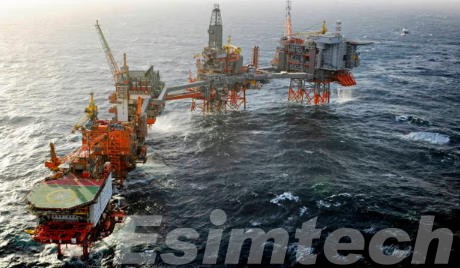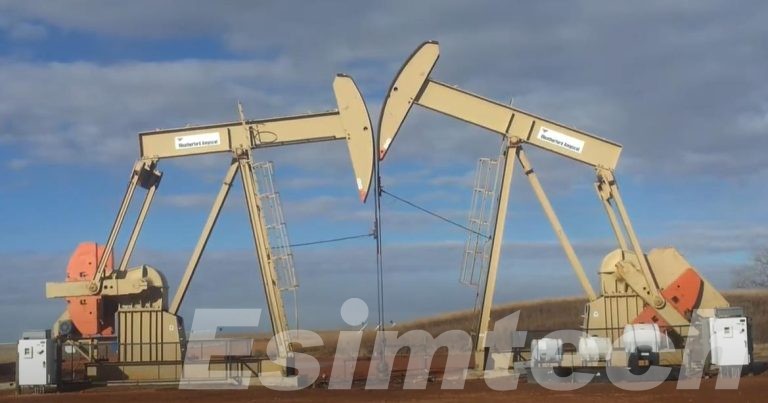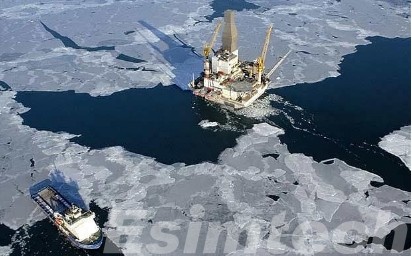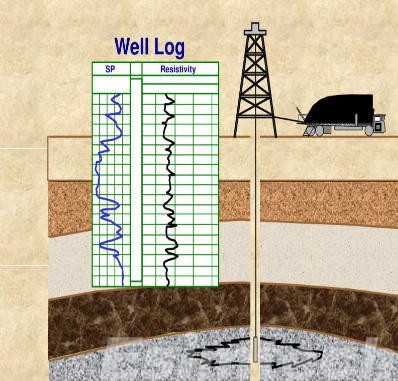What Do You Know about Autonomous Offshore Drilling Rigs
This offshore drilling industry is going through a technological transformation as autonomous technologies is redefining how energy is explored and extracted beneath the ocean floor. Autonomous offshore drilling rigs, powered by the advancements in artificial intelligence (AI), robotics and real-time data analysis, are becoming a revolutionary solution to enhance efficiency, safety and cost-effectiveness in deepwater drilling. Why Need Autonomous Offshore Drilling Rigs Offshore drilling platforms traditionally…









